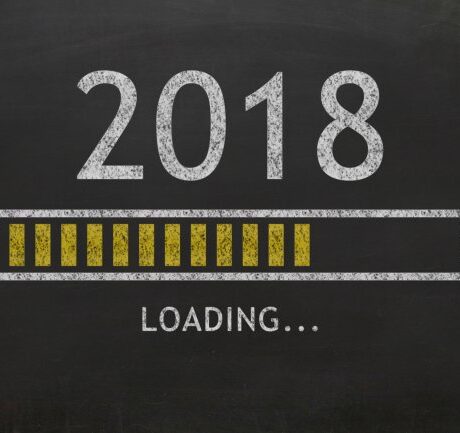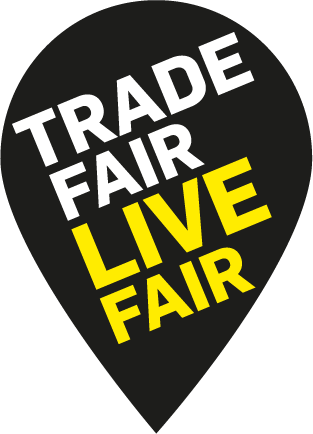A Visit to Amazonian Rubber Tappers
In anticipation of the world cup kicking off in Brazil this month, I thought I would write a blog post about my visit to the community rubber tappers of the Amazon.
A few years ago I travelled up the Amazon to the port of Santarém and from there to the Tapájos National Forest where I visited a rubber tapping community. Although the boom days of Brazilian rubber have long passed, many Amazonian communities continue to tap rubber as a means of creating a sustainable livelihood within the rainforest.
The Rubber Boom and Bust
Rubber is one of the most important products to come from the Brazilian rainforest. The rubber boom of the mid 19th Century was centred on the Amazonian region of Brazil and forms an important part of the country’s social and economic history. Although the indigenous peoples of the forest had been extracting latex from rubber trees for many generations, it was only in 1839 when Charles Goodyear discovered the process of vulcanisation that the white latex sap was able to be transformed into an industrial product. Thus began the rubber boom which transformed the Amazon, creating incredible wealth for the rubber barons, whilst bringing misery and suffering to the indigenous peoples who were captured, enslaved, and used for breeding, as prostitutes or labourers.
The most ruthless and notorious baron was Julio Cesar Arana. In the area where he operated, the indigenous population fell from 30,000 to under 8,000 whilst he earned over $75 million exporting over 4000 tonnes of rubber.
The collapse of the rubber boom was caused by an act of bio-piracy by a British explorer named Henry Wickham who, in 1876, smuggled 70,000 rubber seeds out of Brazil to Kew Gardens in London. The seeds were planted and raised at Kew and then distributed to the British colonies. In some areas they were less successful but in others, such as Sri Lanka and Malaysia, they thrived. The success of these new plantations, coupled with more efficient organisation, led to the rapid transferance of the rubber trade. By 1910 rubber exports from Brazil had halved and by 1940 they were almost non-existent.
Rubber Production Process
I visited the small community of Maguari in the Tapajos National Forest, part of the Poloprobio Project: Pólo de Proteção da Biodiversidade e Uso Sustentável dos Recursos Naturais. This is just one of many projects within Brazil to create sustainable livelihoods for rubber tappers and their communities.
Latex comes from the sap of the Hevea Brasiliensis or Rubber Tree. It is obtained by making diagonal cuts in the bark from which the latex drips into a container. The tree will drip for several hours until the latex starts to coagulate around the cut which then stops the flow. Rubber can be tapped from a different place in the same tree every few days, but the same position in the tree can only be tapped every 1-2 years. This enables the tree to be tapped without harming its growth.
The latex can be combined with natural pigments and used to paint bags and clothing, or it can be vulcanised to create a durable product. The vulcanisation process of natural rubber uses no petroleum based ingredients or harsh chemicals. Methods and ingredients vary, but processing natural latex frequently includes Zinc Oxide, Fatty Acids and soaps, Sulphur and Sodium. The latex is whipped, poured into a mould and then heated until vulcanisation occurs.
Many of the Amazonian communities create sheets of latex backed with natural cotton which can then be made into bags, tablecloths or other accessories. This is a process which has been carried out for generations by local communities who made waterproof bags in which to keep their tools and household goods dry. The cotton is stretched over a wooden frame and the latex mixture is then painted onto the canvas. It is then taken to a traditional brick kin where the frame is passed over the smoke several times until the sheet turns yellow. The sheets of latex are then put in a kiln for two days until they turn dark brown in colour, hence the term ‘ecological leather’ being frequently used for natural latex production.
This technique is known as Encauchados de Vegetais da Amazônia and has been developed by many organisations working to protect biodiversity and encourage sustainable livelihoods, such as PoloProBio and Treetap® wild rubber project.
Community Production
It is estimated that around 63,000 families in the Amazon forest earn their living from rubber tapping in extractive reserves which cover up to 1% of the forest. The reserves were established by the government of Brazil in order to enable rubber tappers to maintain their traditional source of income. Currently around 5000 tonnes of rubber is extracted by rubber tappers annually which constitutes under 1.5% of the national market for rubber in the country. (Greenpeace)
The technological processes involved are relatively straightforward, set-up costs are low, no electricity is required and natural rubber production is therefore easily transferable. This offers Amazonian communities the opportunity to implement environmentally safe production, providing an alternative to the advance of deforestation and intensive agricuture which are taking over the region.
The Poloprobio project which I visited is just one production unit out of 28 which have already been set up by the organisation in the states of Acre, Amazonas, Pará, and Rondônia. The project has generated 520 new jobs and grouped 150 rubber tappers into Sustainable Use Conservation Units, famiy based agriculture settlement projects and private reserves.

Unfortunately, by the time our taxi driver eventually found the small community of Maguarí in the Tapajos National Forest it was already early afternoon and the villagers only work in the morning. We were unable to see the full production process, but there was one man who was able to show us some small bags he was finishing, which looked more like a tempting display of ice lollies.
The pair of rubber flip flops I bought there are the comfiest shoes I own and a holiday staple, and my dark green rubber make up bag with a bright splatter pattern looks like a vintage ’50s design.
Several ethical fashion brands are already sourcing their rubber from community projects in Brazil, most notably the French footwear company Veja who use sustainable Amazonian rubber for the soles of their trainers.
Amazonian indigenous peoples have harvested and transformed the white sap of the rubber tree for centuries and community rubber tapping is not only helping to preserve these traditions, but is also a means of preserving the trees in a rainforest under constant threat of deforestation.











